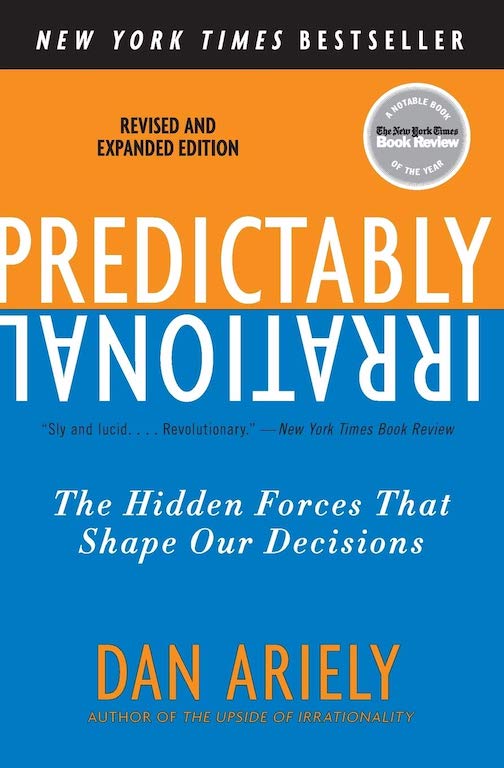This bias leads us to overemphasize the first information we receive, which then shapes our subsequent judgments and decisions.
Examples
An example of anchoring bias can be seen in negotiations over a car’s price. If a car seller starts with a high price, even if it’s substantially above the vehicle’s actual value, this sets an “anchor” in the buyer’s mind. Consequently, the buyer may feel like they’re getting a good deal if they manage to negotiate the price down by a few thousand dollars, despite still paying more than the car’s actual worth.
Learn more
To better understand anchoring bias and its implications, a key literature reference is the influential paper by Amos Tversky and Daniel Kahneman, “Judgment under Uncertainty: Heuristics and Biases” (1974). In their pioneering work, Tversky and Kahneman elaborate on anchoring bias as part of a range of cognitive biases affecting human decision-making. By being aware of these biases, we can take steps to minimize their impact and make more informed and rational choices.




